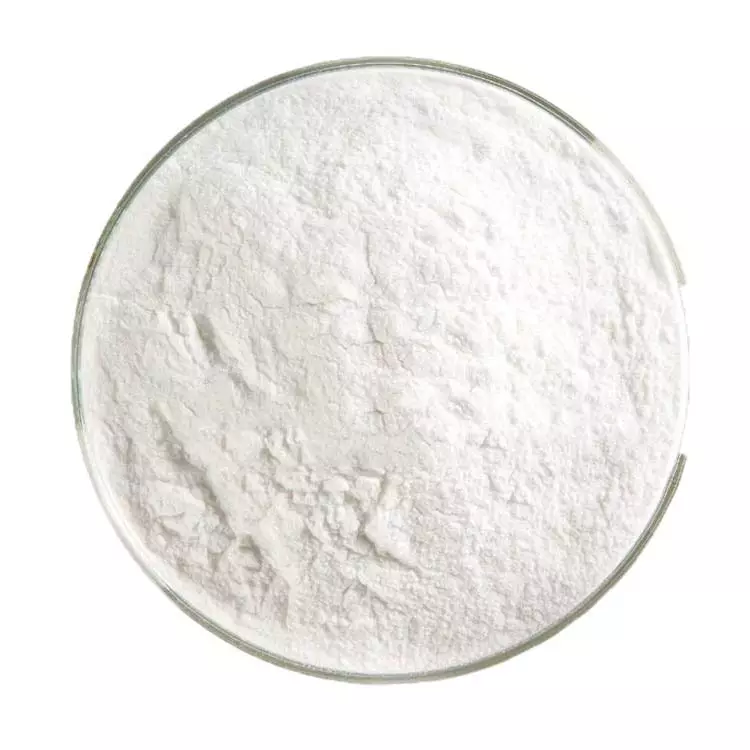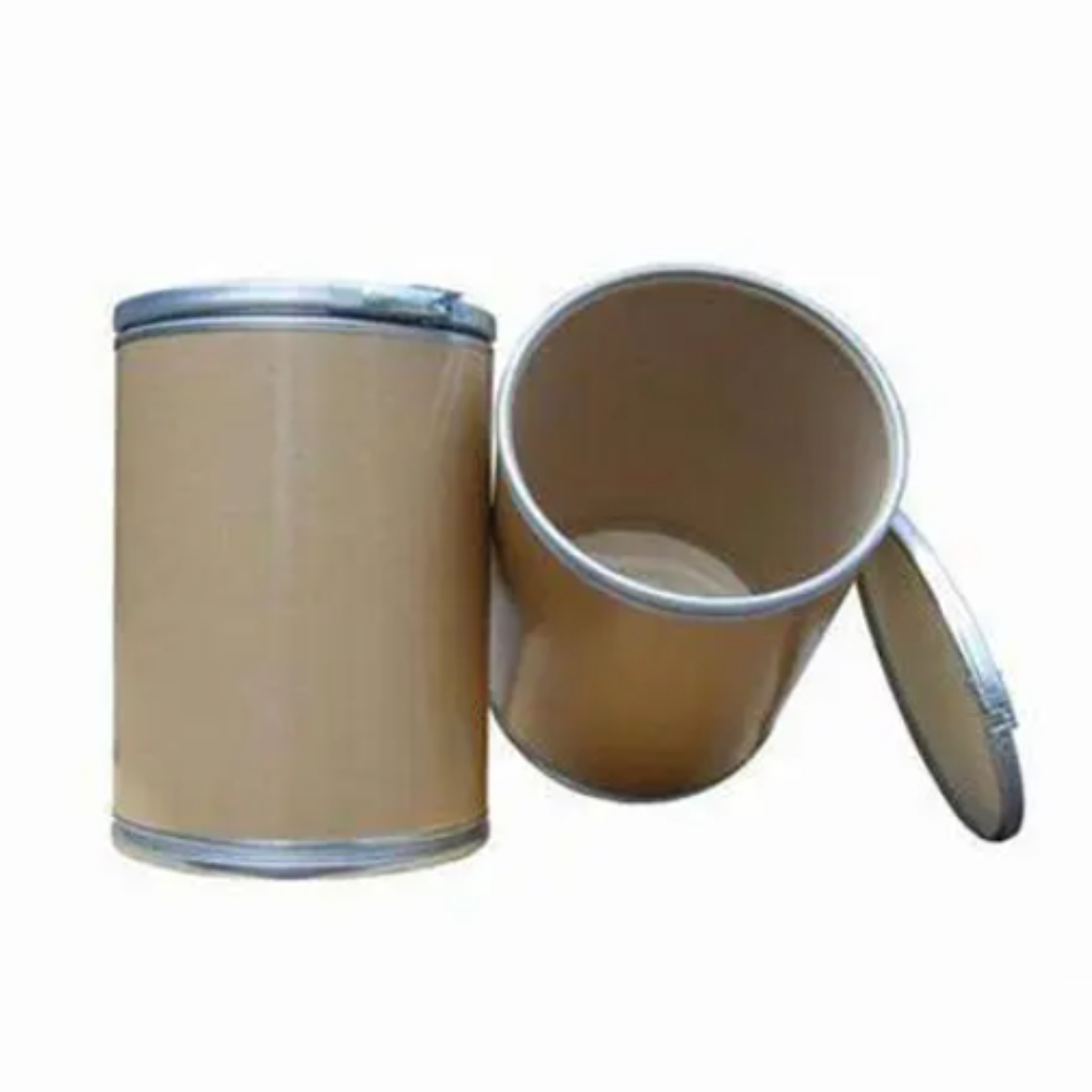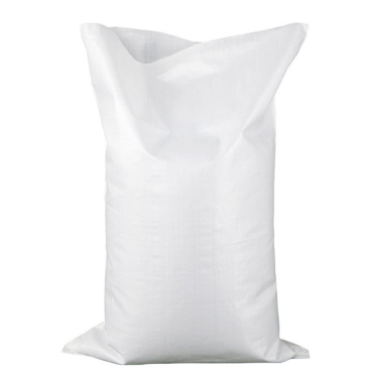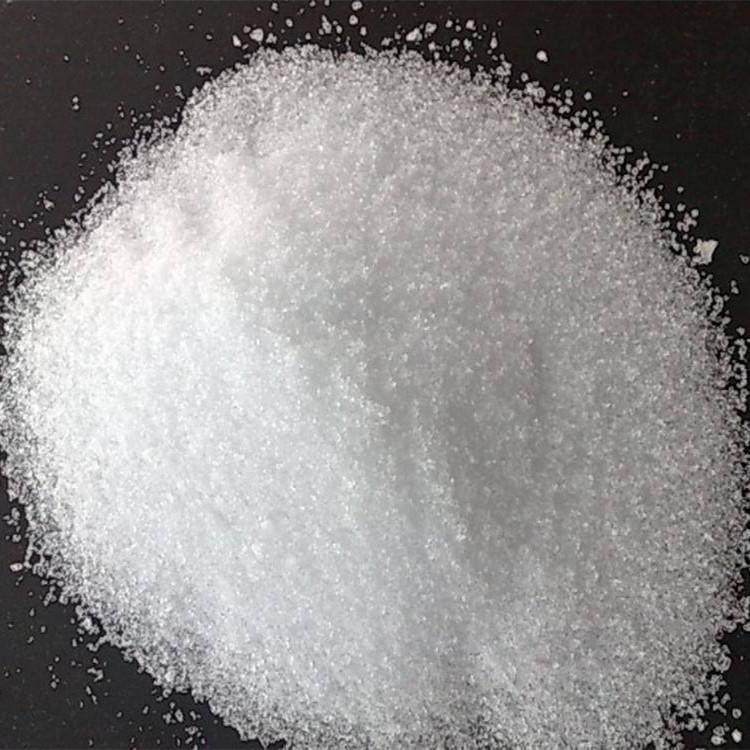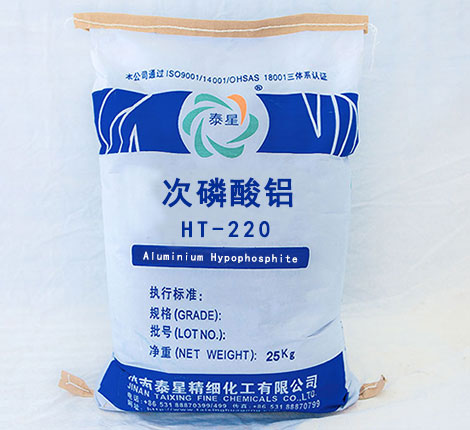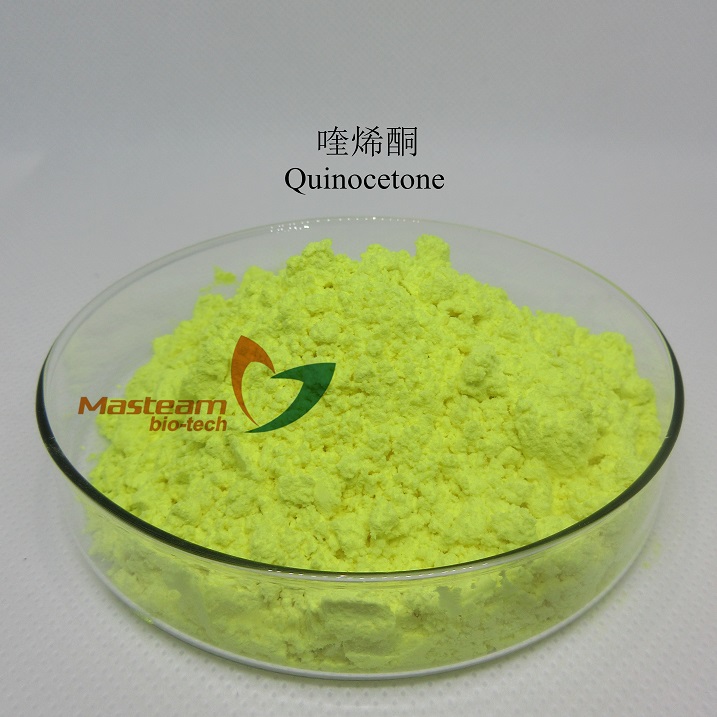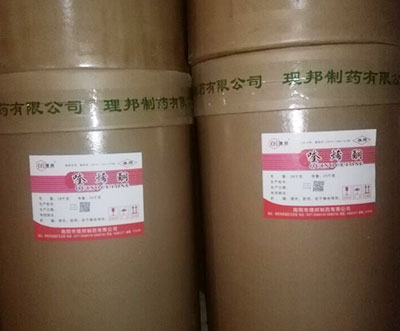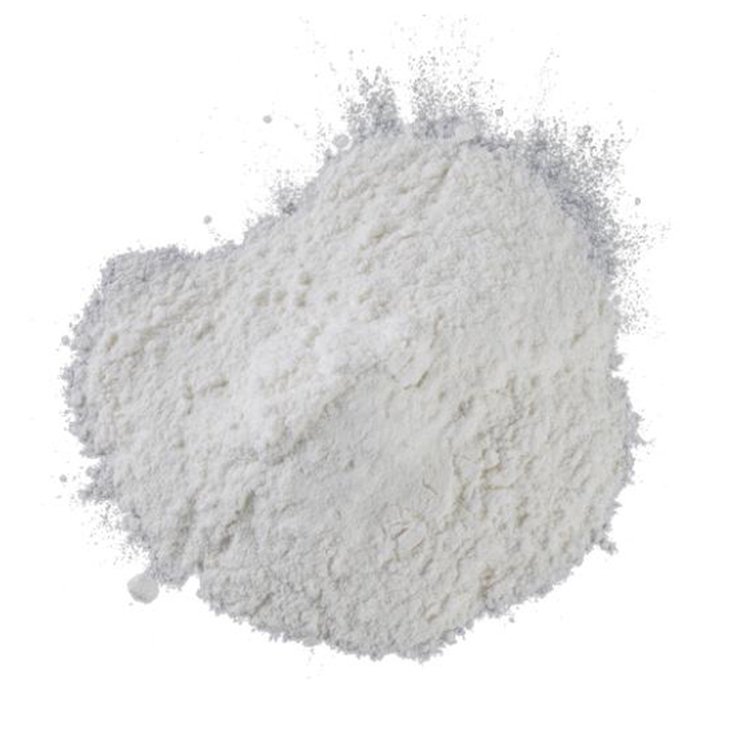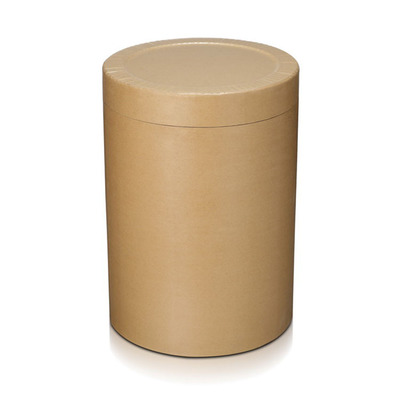Antioxidant
Other Auxiliary Agent
Petroleum Additives
Adsorbent
Water Treatment Chemicals
Rubber Additives
Adhesive Additives
Cross-Linking Agent
Flame Retardants
UV Absorbers
Organic Extractant
Resin Additives
Electronics Chemicals
Pesticide Additives
Building Chemicals
Plastic Additives
Oilfield Chemicals
Adhesive
Plastic Rubber Chemicals
Paper Additives
Molecular Sieve
Coating Additives
Textile Auxiliaries
Fluorescent Brightener
Polyethylene Glycol Derivatives
Coupling
Forest Chemicals
Leather Auxiliary Agents
Beneficiation Agents and Smelting Additives
Dye Auxiliaries
CAS:76350-90-8
Molecular Formula:C14H14O
Alias
More Information
2-Methyl-3-Biphenylmethanol; 3-Hydroxymethyl-2-Methylbiphenyl; (2-Methyl-[1,1'-Biphenyl]-3-Yl)Methanol; 2-Methyl-3-Biphenylm; 2-Methylbiphenyl-3-Methanol; (2-Methyl-3-Phenylphenyl)Methanol; (2-Methyl-3-Biphenylyl)Methanol; [1,1'-Biphenyl]-3-Methanol, 2-Methyl-; (2-Methylbiphenyl-3-Yl)Methanol; 2-Methyl-3-Biphenylmethyanol
Brief Introduction
This product is the intermediate of insecticide bifenthrin, used for insecticidal.
Suppliers
View More Vendors (2) >
CAS:7758-02-3
Molecular Formula:BrK
Alias
More Information
Bromuredepotassium; Hydrobromic Acid Potassium Salt; Kbr; Potassiumbromide(Kbr); Potassium Bromide (Kbr); Bromide Salt Of Potassium; Mfcd00011358; Nsc 77367; Unii-Osd78555Zm; Osd78555Zm; Chembl1644030; Chebi:32030; Bromure De Potassium; Kalii Bromidum
Brief Introduction
This product can be used as an analytical reagent for infrared detection of IR. It can also be used as an emulsion or developer for cine film and photographic film. It can also be used as a tranquilizer in medical treatment.
Suppliers
View More Vendors (2) >
CAS:7784-22-7
Molecular Formula:AlO6P3
Alias
More Information
Phosphinic Acid, Aluminum Salt (3:1); Flamerphos A; Ip-A; Phoslite Ip-A
Brief Introduction
Organic aluminum hypophosphite is a mixed salt composed of aluminum ion, di tert butyl hypophosphite and tert butyl hypophosphite. It is a new compound.
This product has special flame retardant mechanism, excellent flame retardant performance, high decomposition temperature and good processing performance. It has good applications in glass fiber reinforced PA66, glass fiber reinforced PA6, glass fiber reinforced PBT, elastomer, polyurethane, epoxy resin, etc.
Nonpolar aluminum hypophosphite is a new phosphorus flame retardant slightly soluble in water. It has good application in engineering plastics, epoxy resin and so on.
Suppliers
View More Vendors (2) >
CAS:81810-66-4
Molecular Formula:C18H14N2O3
Alias
More Information
1-(3-Methyl-1,4-Dioxido-2-Quinoxalinyl)-3-Phenyl-2-Propen-1-One; 3-Methyl-2-Quinoxalinbenzenevinylketo-1,4-Dioxide; 2-Cinnamoyl-3-Methylquinoxaline 1,4-Dioxide; 3-Methyl-2-Cinnamoyl-Quinoxaline-1,4-Dioxide; 1-(3-Methyl-2-Quinoxalinyl)-3-Phenyl-2-Propen-1-One N,N'-Dioxide; (E)-1-(3-Methyl-4-Oxido-1-Oxoquinoxalin-1-Ium-2-Yl)-3-Phenylprop-2-En-1-One
Brief Introduction
Quinoenone is a national new drug officially approved by the Ministry of agriculture in August 2003. It is a new veterinary drug initiated by China in the world. The drug has the characteristics of bacteriostasis, safe use, rapid metabolism and obvious effect. It is not only suitable for pigs, birds and aquatic products, but also suitable for disease prevention and growth promotion of young livestock and young birds.
Suppliers
View More Vendors (2) >
CAS:850-52-2
Molecular Formula:C21H26O2
Alias
More Information
17-Allyltrenbolone; Allyl Trenbolone; Ru2267; Drc6246; R2267; Regumate; Altregonest
Brief Introduction
Clinically, tetraestrone is mainly used to regulate the estrous cycle of pigs and horses, promote simultaneous estrus and maintain pregnancy. It is used in other animals such as cheetah, spotted tiger cat, zebra and dolphin.
Suppliers
View More Vendors (2) >
Inquiry (
10
/ 10
)
Clear All
Sign In
Error!

